The Vizsla, often referred to as the “Hungarian Pointer,” is known for its distinctive golden-rust coat that perfectly complements its agile and streamlined physique. Originating from Hungary, this breed is treasured not only for its superb hunting skills but also for its striking appearance. While the Vizsla is traditionally seen in various shades of golden-rust, there are subtle variations within the breed that can be quite captivating. These variations range from light sandy colors to deep copper hues, each bringing out different aspects of the breed’s elegant features. In this article, we will explore seven stunning color variations of the Vizsla, detailing how each enhances the breed’s natural beauty and athletic form.
1. Golden Rust

The most iconic color of the Vizsla is golden rust, a warm, rich hue that radiates in the sunlight. This color matches the traditional image of the Vizsla, highlighting its lean muscles and sleek coat. The golden rust Vizsla is highly valued for its almost glowing coat, which not only serves as camouflage during hunting in fields but also adds an air of nobility to the breed. This deep, reddish-gold color is often what people picture when they think of a Vizsla, embodying the breed’s fiery yet friendly nature.
2. Sandy Gold

Sandy gold Vizslas are a lighter variation, featuring a pale, almost yellowish-gold coat that shines beautifully under the sun. This lighter shade can sometimes make the Vizsla’s expressive, almond-shaped eyes stand out more dramatically. Sandy gold is particularly striking in puppies and can darken slightly as the dog matures. Owners of sandy gold Vizslas often find that their pets attract attention due to their soft, almost ethereal appearance, which contrasts sharply with their robust physicality.
3. Deep Copper

Deep copper Vizslas boast a darker, more intense shade of rust that can appear almost like burnished copper. This coloration provides a stunning contrast to the Vizsla’s amber or hazel eyes, making them look more profound and expressive. Deep copper Vizslas are less common but highly sought after for their striking, bold appearance. The rich, dark tones of their coat enhance the breed’s regal bearing and reflect its enthusiastic and energetic personality.
4. Red Gold
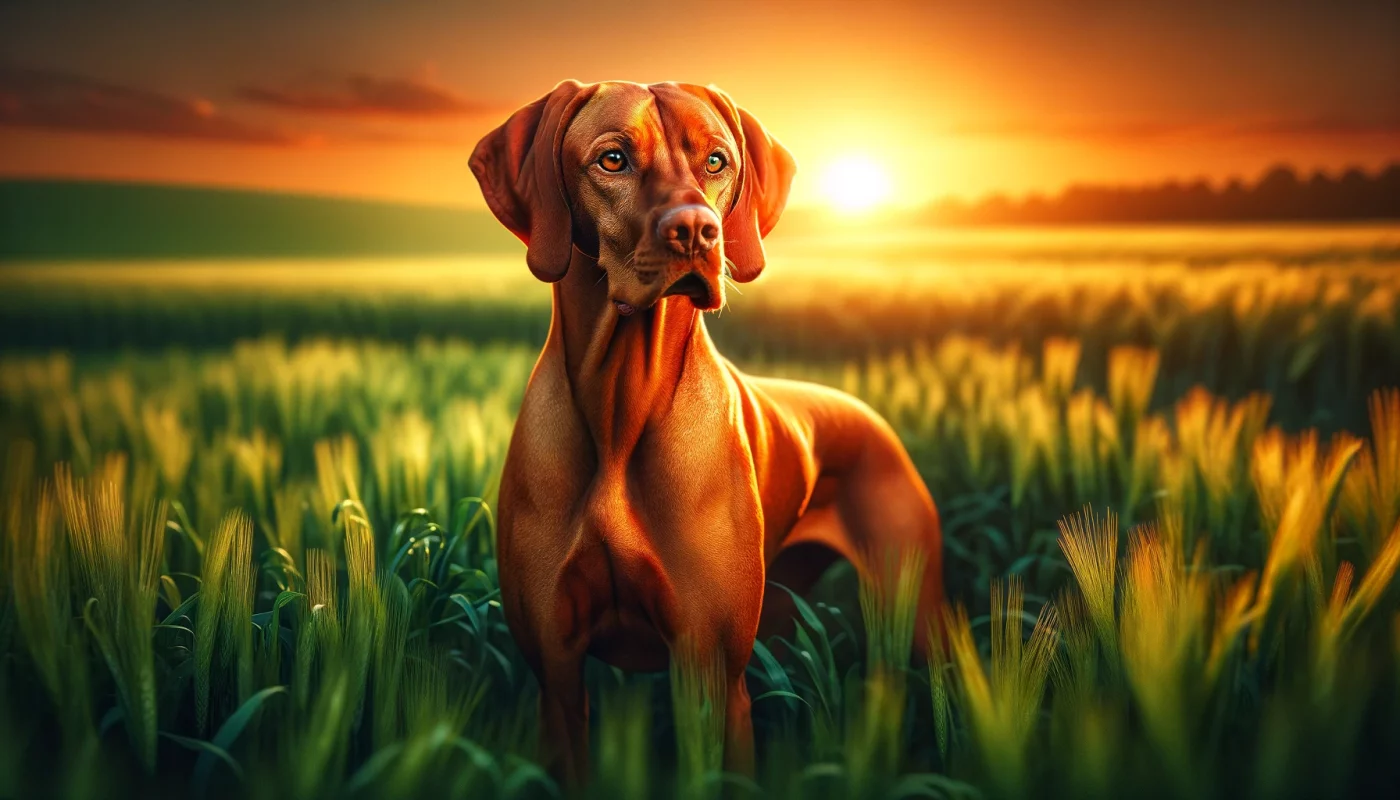
Red gold Vizslas have a vibrant, fiery hue that is both eye-catching and majestic. This shade is deeper than the traditional golden rust and carries a reddish tint that sparkles in bright light. Red gold Vizslas are often the center of attention, their coats gleaming like a beacon as they move. This color emphasizes the Vizsla’s dynamic grace and agility, making it a favorite among those who appreciate a more flamboyant appearance in their sporting dogs.
5. Light Rust

Light rust Vizslas have a softer, more subdued version of the breed’s traditional color. This variation can range from a light cinnamon to a pale rust hue, providing a gentle contrast to the breed’s athletic build. Light rust Vizslas retain all the breed’s typical characteristics but have a less intense color, which can be particularly appealing to those who prefer a more understated look.
6. Dark Rust
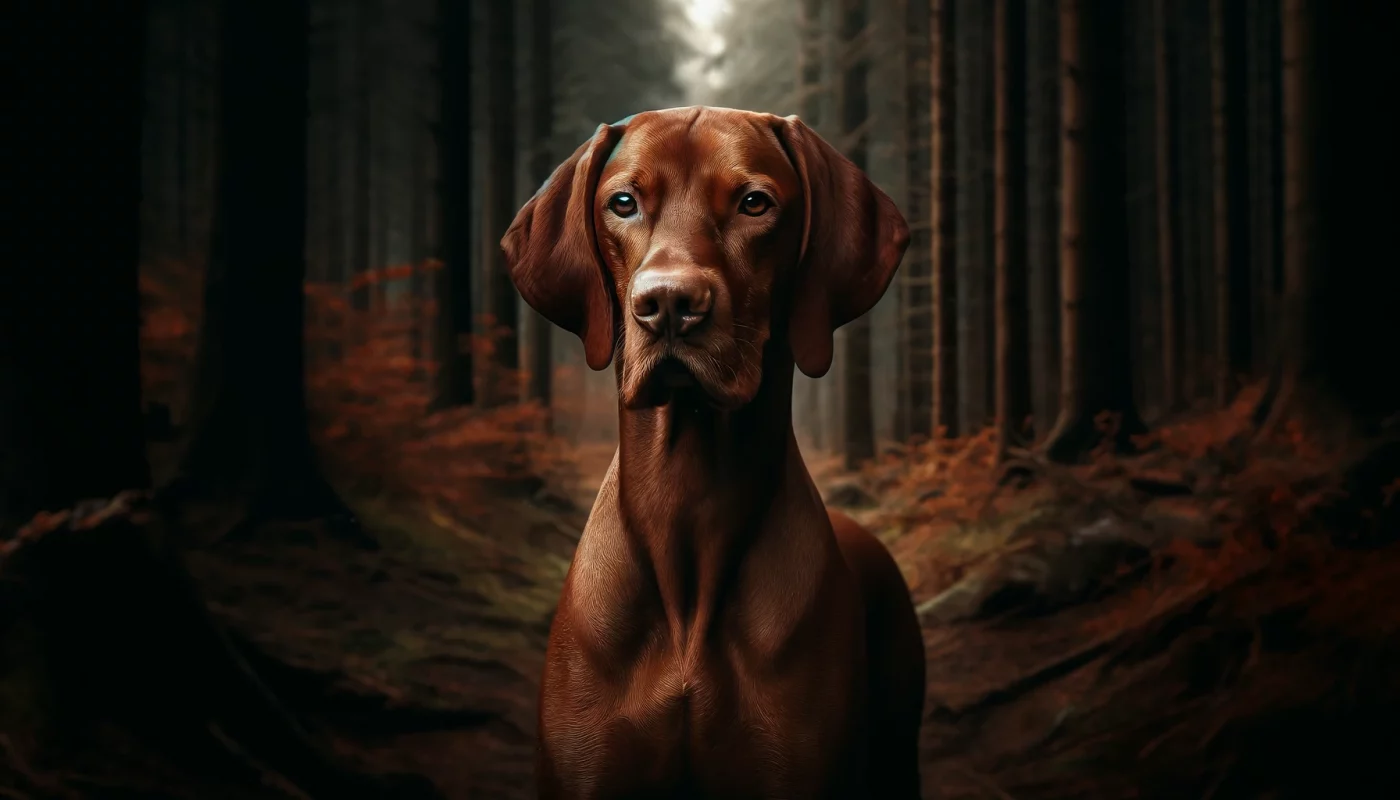
Dark rust Vizslas feature a shade that is almost brown but with a reddish undertone that remains unmistakably Vizsla. This darker rust shade is elegant and sophisticated, highlighting the sleek lines of the breed’s body and the intelligent gaze of its eyes. Dark rust Vizslas are less common and offer an alternative for those who admire the breed but seek a slightly different aesthetic.
7. Cinnamon

Cinnamon Vizslas are a rare color variation that combines elements of light rust with touches of deeper red. This unique coloration gives the Vizsla a warm, inviting look that is quite distinct from the more common golden rust. Cinnamon Vizslas may not be recognized in all competitive circles, but they are cherished by their owners for their unique beauty and the way their coats seem to change hues in different lights.
In conclusion, while the Vizsla is often celebrated for its skills as a hunter and its loyal companionship, it is also a breed of stunning visual diversity. From the pale sandy gold to the rich deep copper, each color variation highlights different facets of the Vizsla’s personality and physical prowess. Whether you are drawn to the traditional golden rust or the unique cinnamon shade, each color of the Vizsla brings its own special charm, enhancing the appeal of this noble and affectionate breed.
Frequently Asked Questions About Vizsla Colors
1. What are the officially recognized colors for Vizslas?
The only officially recognized color for Vizslas by major kennel clubs, including the American Kennel Club (AKC), is various shades of golden-rust. This encompasses a range from light golden to a darker copper tone. The standard emphasizes that the Vizsla’s coat should be solid without any distinct markings or patches, except for perhaps a small white spot on the chest. The uniformity and uniqueness of this color reflect the breed’s historical significance and purity.
2. Can Vizslas have black coats?
No, Vizslas cannot have black coats. The Vizsla breed standard specifically excludes black as a color option. Any Vizsla with a black coat is likely the result of mixed breeding and would not be recognized by major kennel clubs for showing. The genetic makeup of purebred Vizslas does not support the black coloration in their coat.
3. What is the most common color variation in Vizslas?
The most common color variation in Vizslas is golden-rust, which can range from a lighter, sandy shade to a deeper, reddish copper. This color is highly characteristic of the breed and is favored for maintaining the traditional appearance of the Vizsla, known for its hunting and sporting prowess in the Hungarian plains.
4. Are there any rare colors for Vizslas?
While Vizslas predominantly come in shades of golden-rust, some less common variations include deeper copper or darker rust shades. These are not necessarily rare but are less frequently seen than the typical golden-rust. True deviations from these shades are very unusual and generally not recognized as standard.
5. Can Vizslas have a brindle or merle pattern?
Vizslas do not typically have brindle or merle patterns. Their coats are solid in color, with the breed standard specifying that the coat must be without patches or pronounced markings. Brindle or merle patterns are indicative of mixed lineage and such dogs would not meet the breed standard for purebred Vizslas.
6. What determines the coat color of a Vizsla?
The coat color of a Vizsla is determined genetically. The genes inherited from the puppy’s parents influence the specific shade of golden-rust the Vizsla will display. This color can range from light to dark within the golden-rust spectrum. Environmental factors and exposure to sunlight can also affect the brightness and intensity of the coat color over time.
7. How does coat color affect grooming and care for Vizslas?
Coat color does not significantly impact the grooming and care requirements for Vizslas. Regardless of the shade, Vizslas have short, smooth coats that require minimal grooming. Regular brushing, bathing when necessary, and general care like nail trimming and ear cleaning are sufficient for maintaining their coat’s health and appearance.
8. Do Vizsla puppies change color as they grow?
Vizsla puppies may slightly change in shade as they mature but generally remain within the golden-rust spectrum. Puppies born with lighter coats may darken slightly as they age, but dramatic color changes are uncommon. The basic hue they are born with usually sets the tone for their adult color.
9. Can environmental factors influence the color of a Vizsla’s coat?
Yes, environmental factors like sun exposure can influence the color of a Vizsla’s coat. Prolonged exposure to the sun can cause the coat to lighten or bleach, especially during the summer months. This is more noticeable in Vizslas with darker, richer shades of golden-rust, which may lighten to a paler, more washed-out version of their original color.
10. Are white markings acceptable in Vizslas?
A small white mark on the chest and very minimal white on the toes are acceptable according to the breed standards for Vizslas. However, large white patches or prominent white markings are considered faults. The breed standard emphasizes a solid golden-rust color with as little deviation as possible to maintain the uniform appearance typical of the breed.

 2 weeks ago
17
2 weeks ago
17
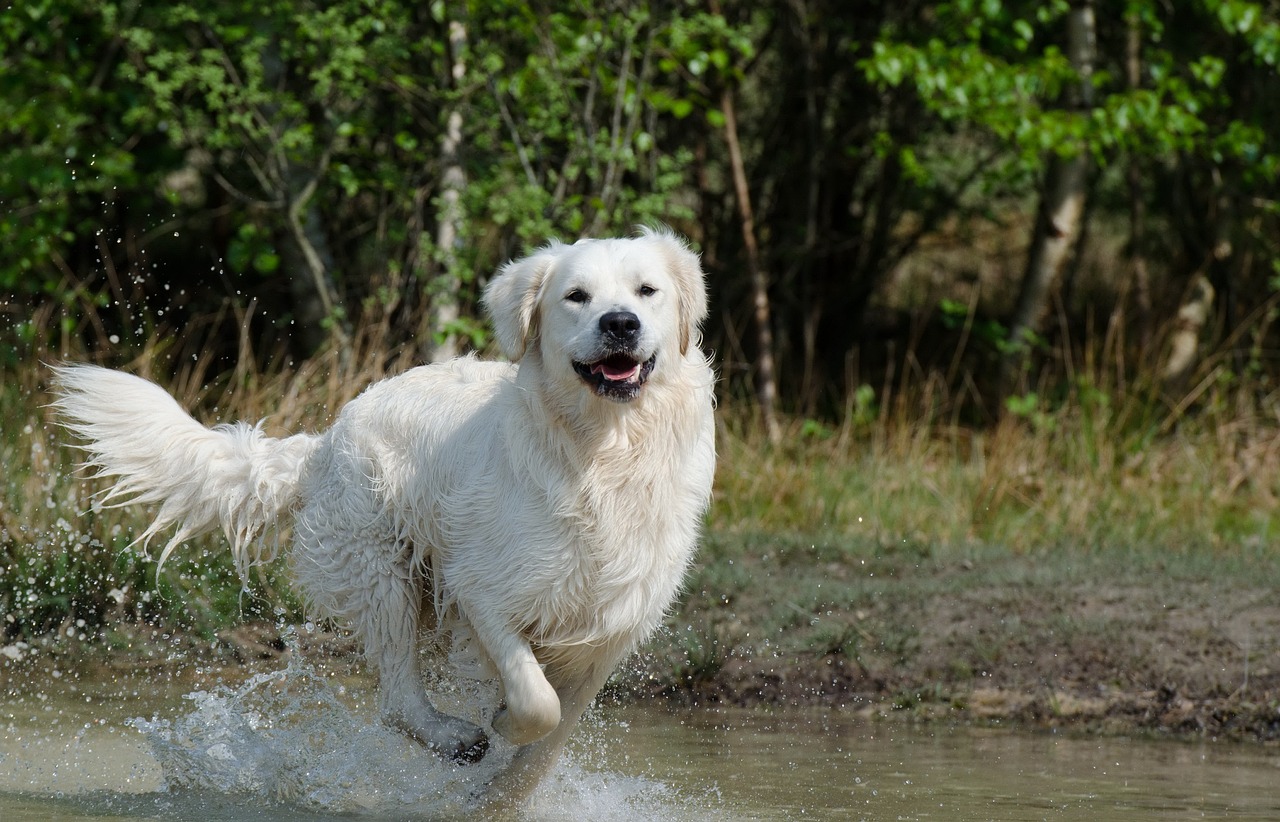

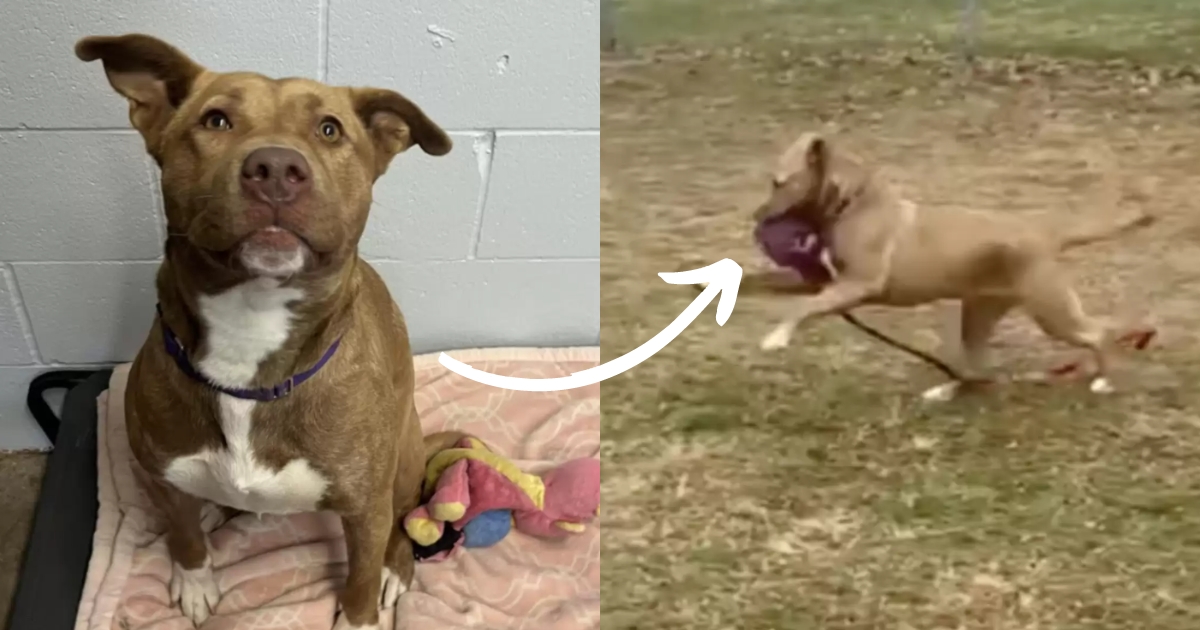
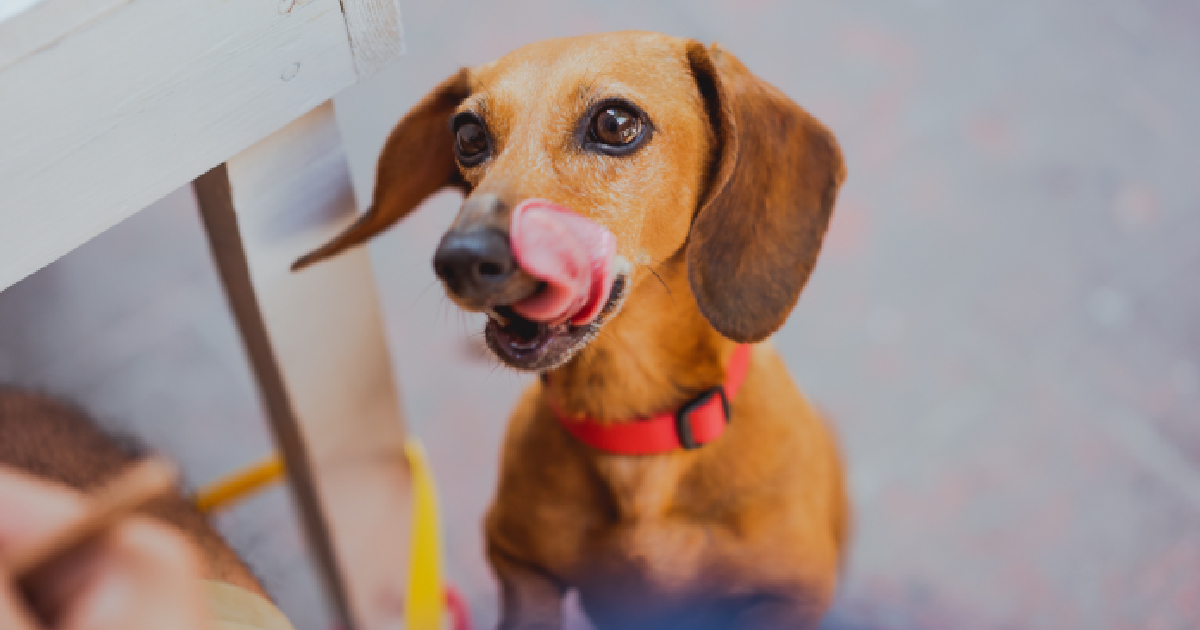




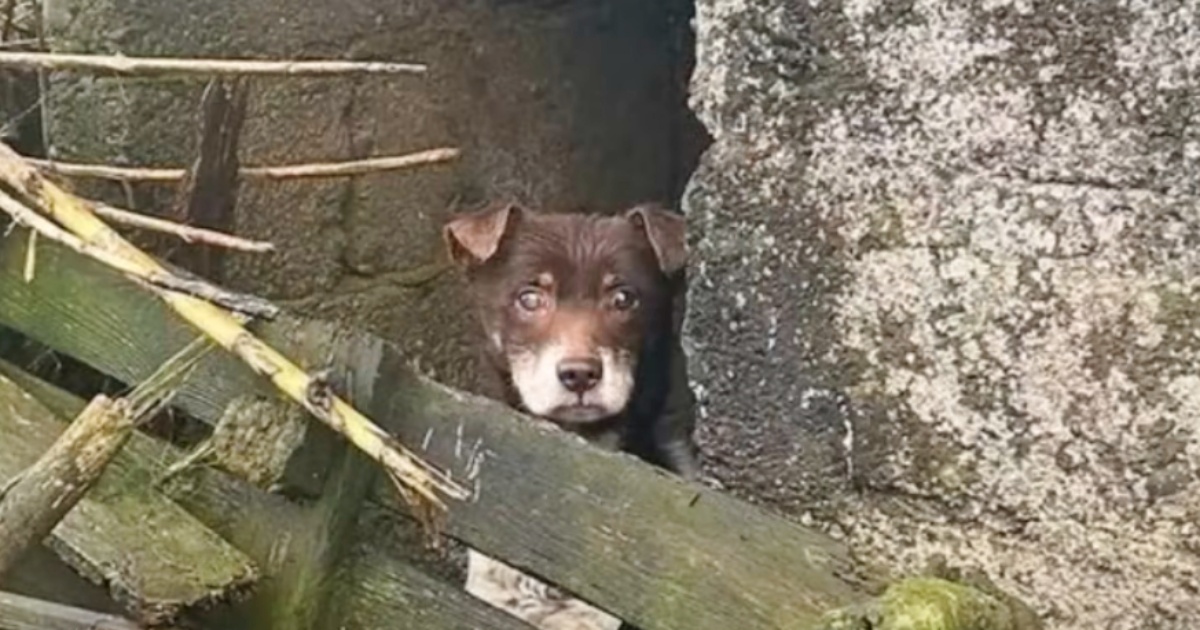

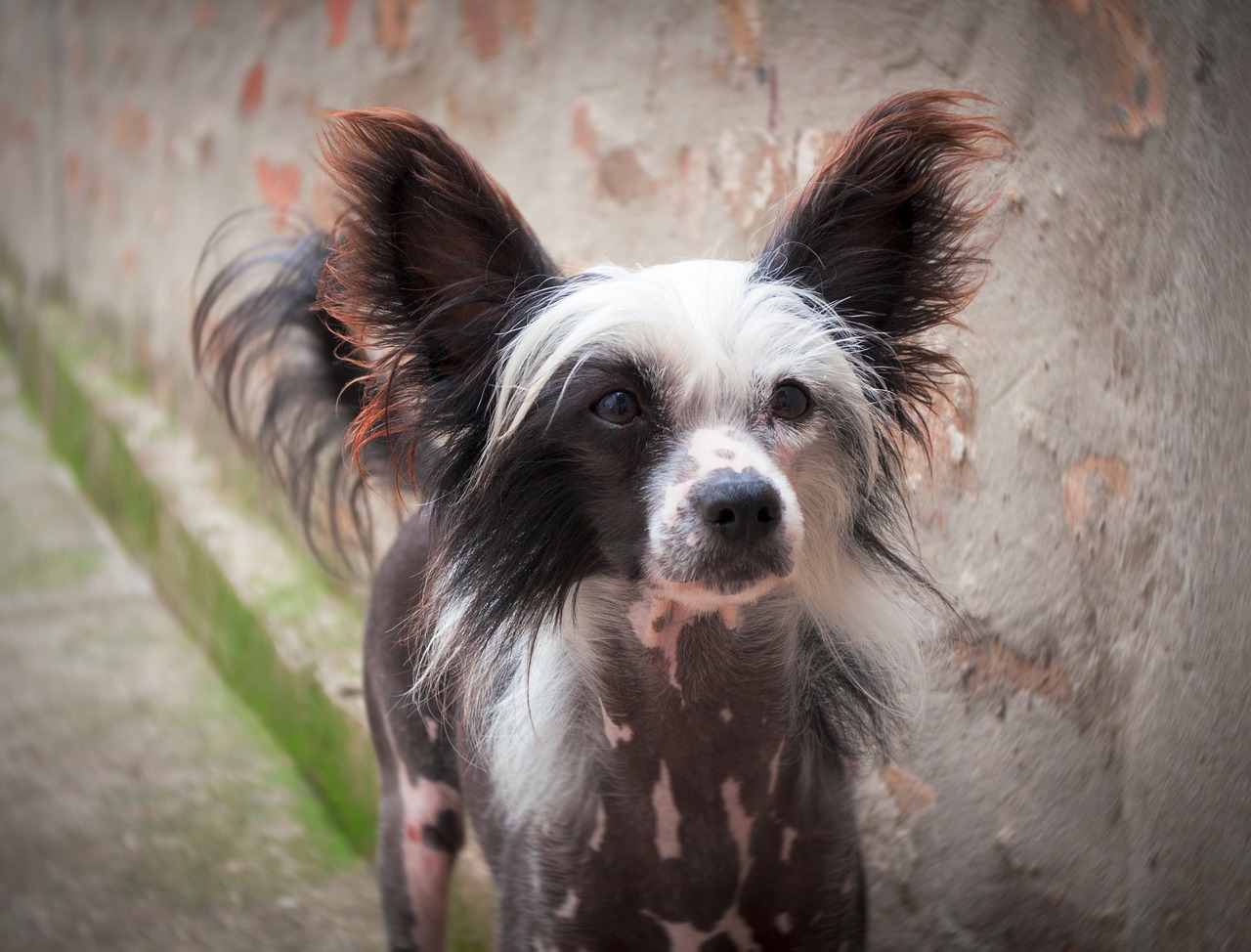


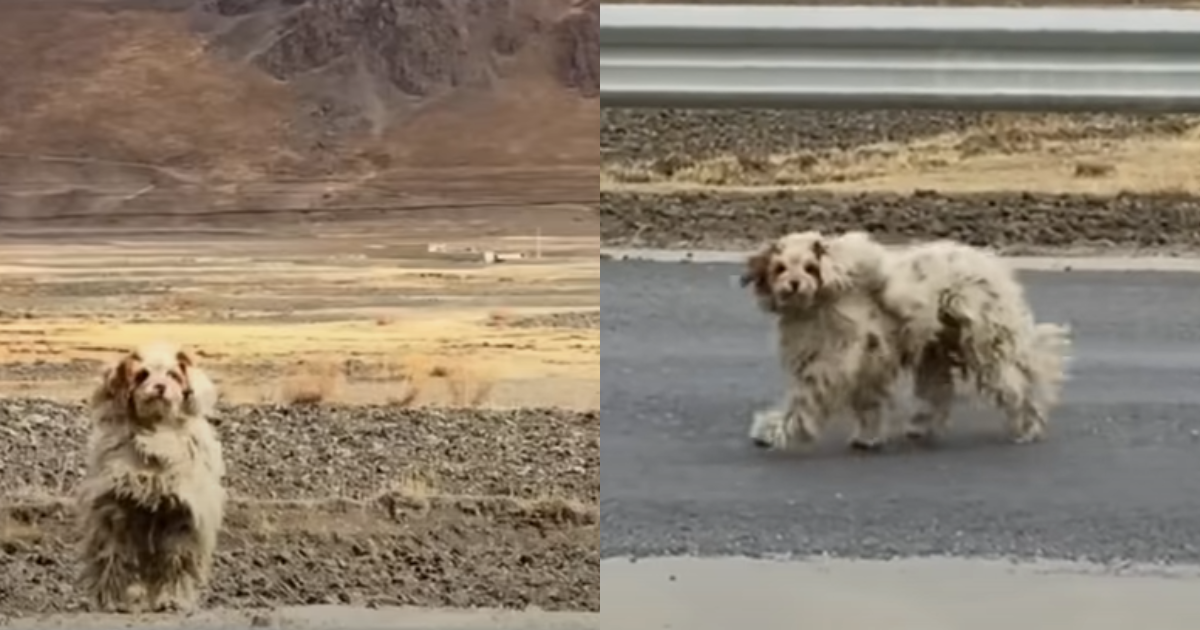

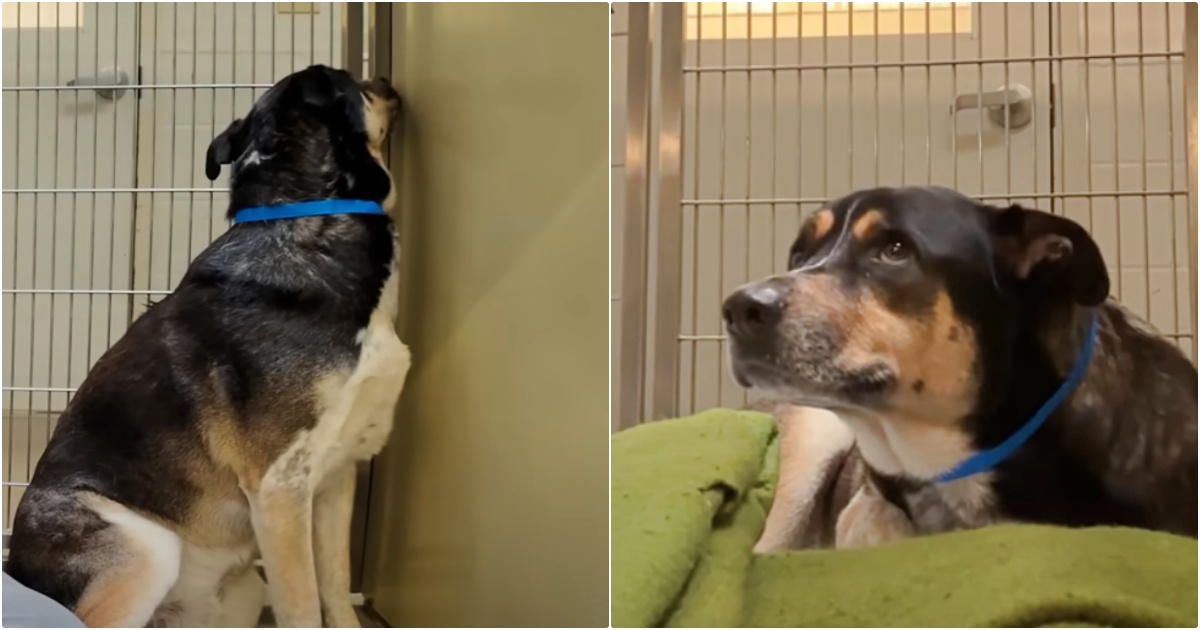
![Cost of a Borzoi Puppy by US Region [2024]](https://iheartdogs.com/wp-content/uploads/2024/04/borzoi-4950553_1280.jpg)
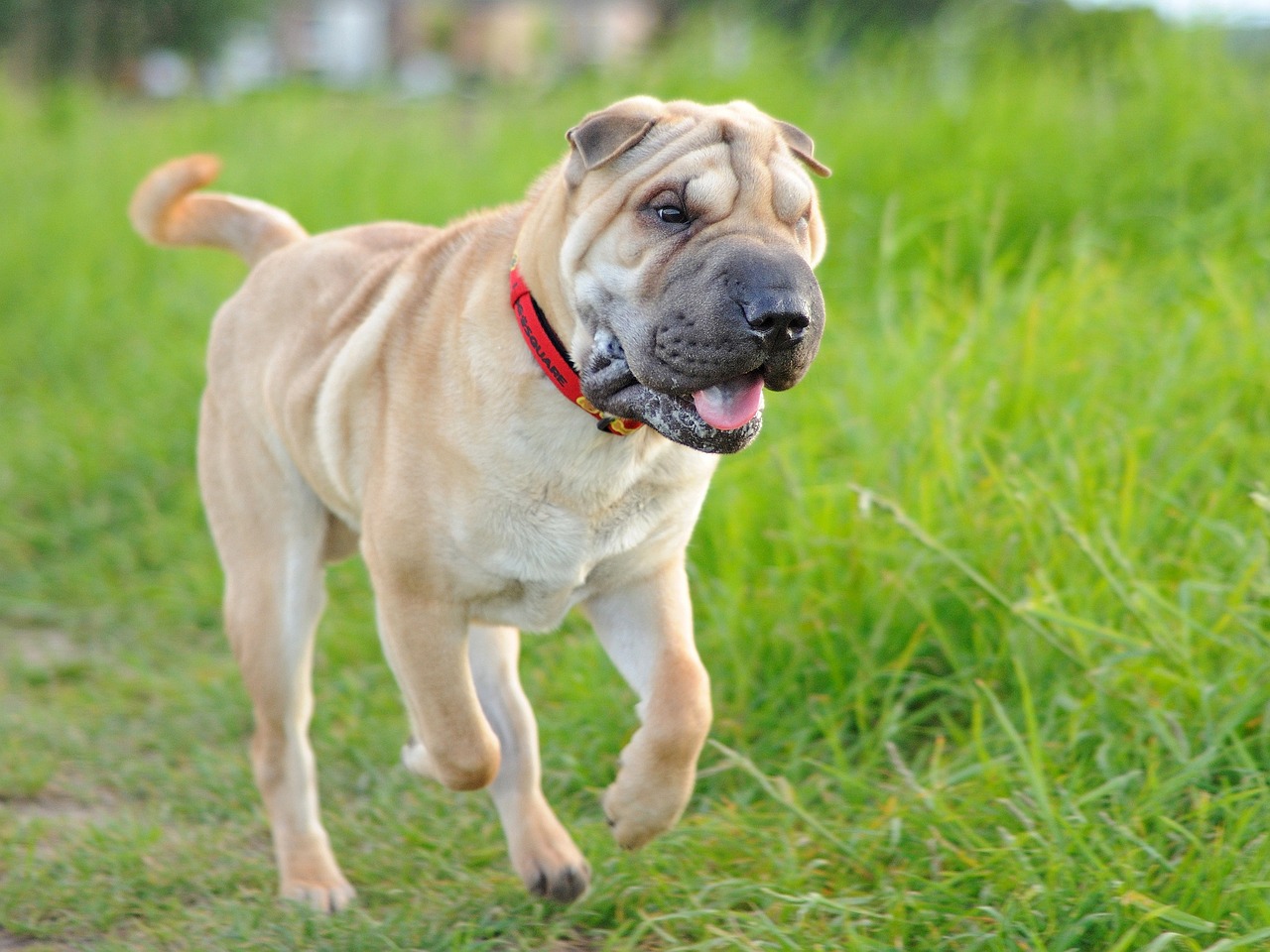
 English (US) ·
English (US) ·